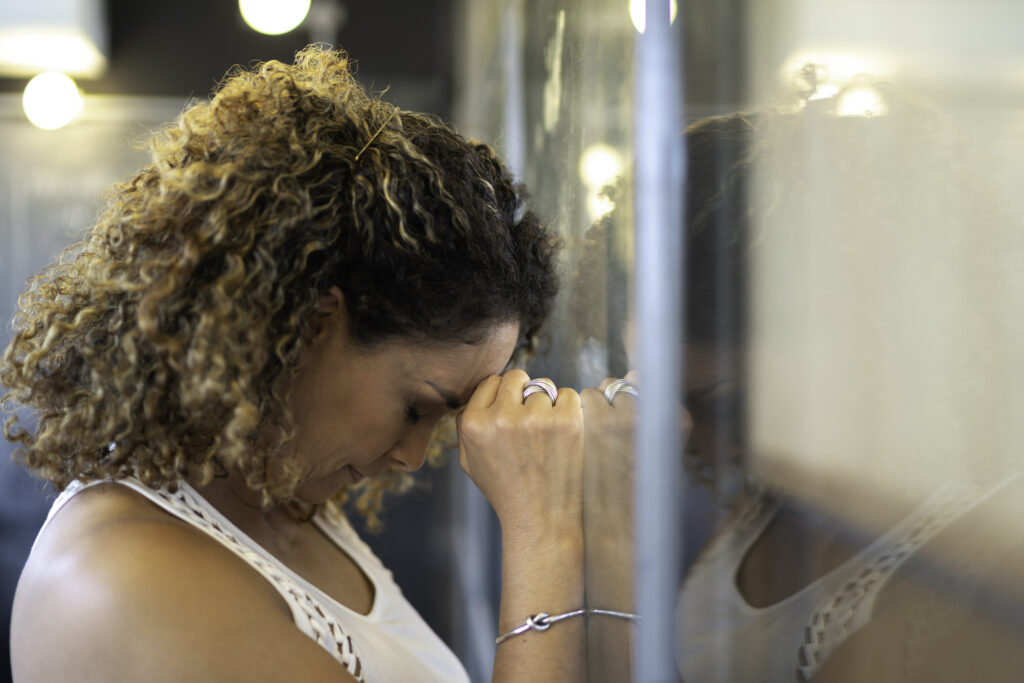
Downturns Attract Healthier DI Applicants

A theory – untested until now – about why more people apply for federal disability during recessions is that the depression, stress, or unhealthy behaviors caused by unemployment worsen their health and spur them to apply.
This explanation is largely ruled out in a new study out of Cornell University and the University of Illinois.
For each percentage point increase in local unemployment rates, more people with disabilities join the roles – about 45,000 more across the country. This finding, covering a period of 25 years, confirms what the existing research says about the connection between the economy and disability. Disability benefits, which average just under $1,300 per month, look more appealing when employment opportunities are scarcer.
When the researchers investigated why caseloads increased, they found evidence that seemed to contradict the hypothesis that people who apply during downturns are not as healthy. Once they get on the disability rolls and become eligible for Medicare, annual Medicare spending on these new beneficiaries was slightly less than spending on the people who were already in the program.
Still, the researchers weren’t convinced the recession applicants tend to be healthier. Needing more evidence, they looked at Medicare spending for the disability beneficiaries who had applied to the program at 50. At that age, Social Security loosens the eligibility rules, making it easier to qualify.
The logic behind this part of the analysis is that the 50-year-old applies not because his medical condition or disability suddenly deteriorates after his birthday but in direct response to unfavorable economic conditions. Individuals pulled into the disability insurance program by the laxer rules are actually healthier: Medicare spends about $1,000 less per year on them compared to those who applied at 49.
The 50-year-old applicants are also more sensitive to a sluggish job market: for every percentage point rise in unemployment, the increase in new beneficiaries who’d applied at 50 was about five times more than it was for the 49-year-olds.
In a second analysis, the researchers compared Medicare spending on individuals who join the program because of the relaxed eligibility at age 50 to individuals who applied both at 49 and 50 in response to rising unemployment. Spending on the groups was very similar.
The researchers said their findings, taken together, “largely rule out the hypothesis that increased [disability] enrollment during recessions is driven by recession-induced health declines.”
To read this study, authored by Colleen Carey, Nolan Miller, and David Molitor, see “Why Does Disability Insurance Enrollment Increase During Recessions? Evidence from Medicare.”
The research reported herein was derived in whole or in part from research activities performed pursuant to a grant from the U.S. Social Security Administration (SSA) funded as part of the Retirement and Disability Research Consortium. The opinions and conclusions expressed are solely those of the authors and do not represent the opinions or policy of SSA, any agency of the federal government, or Boston College. Neither the United States Government nor any agency thereof, nor any of their employees, make any warranty, express or implied, or assumes any legal liability or responsibility for the accuracy, completeness, or usefulness of the contents of this report. Reference herein to any specific commercial product, process or service by trade name, trademark, manufacturer, or otherwise does not necessarily constitute or imply endorsement, recommendation or favoring by the United States Government or any agency thereof.






